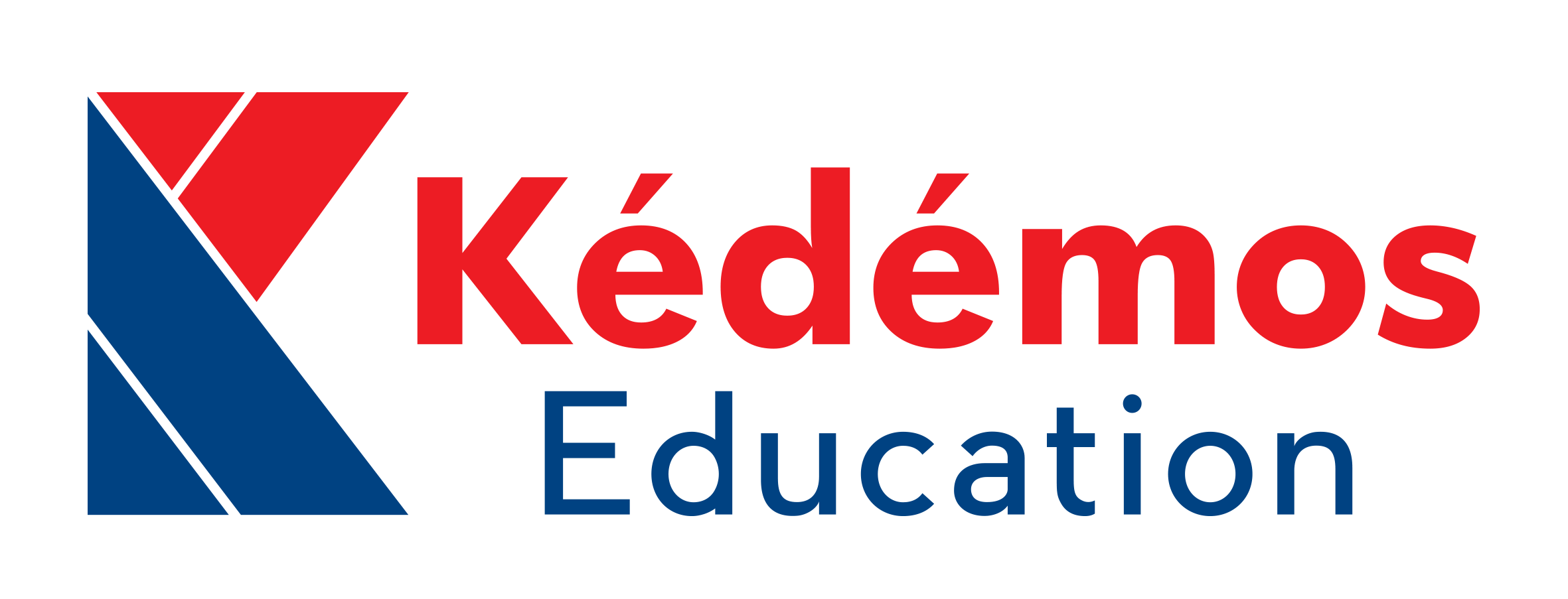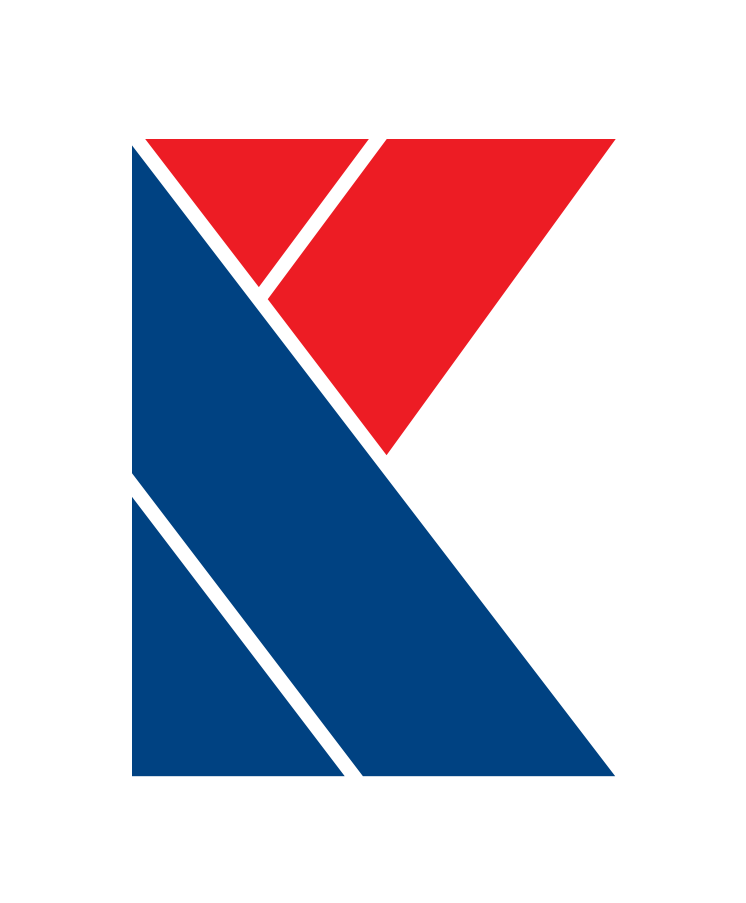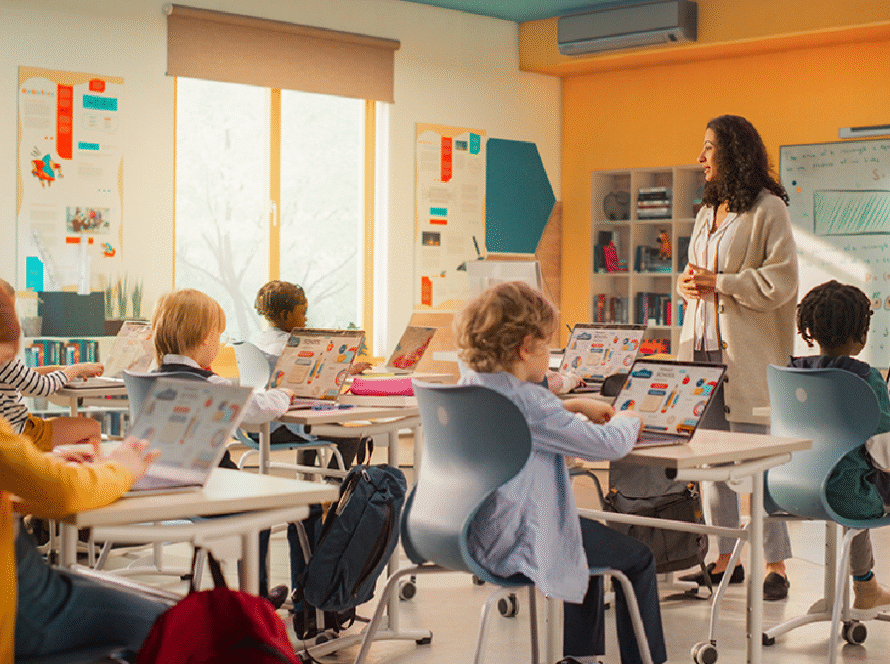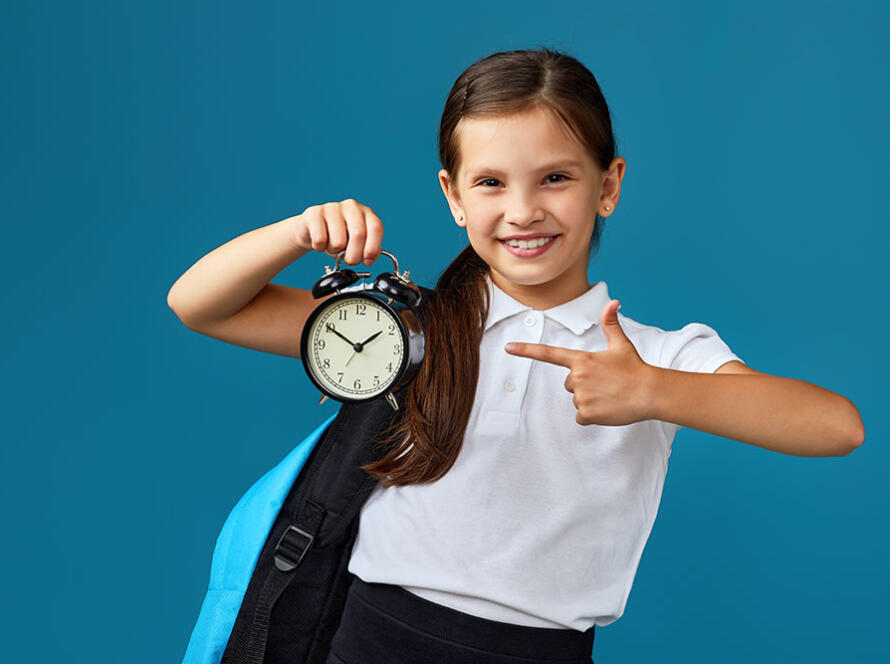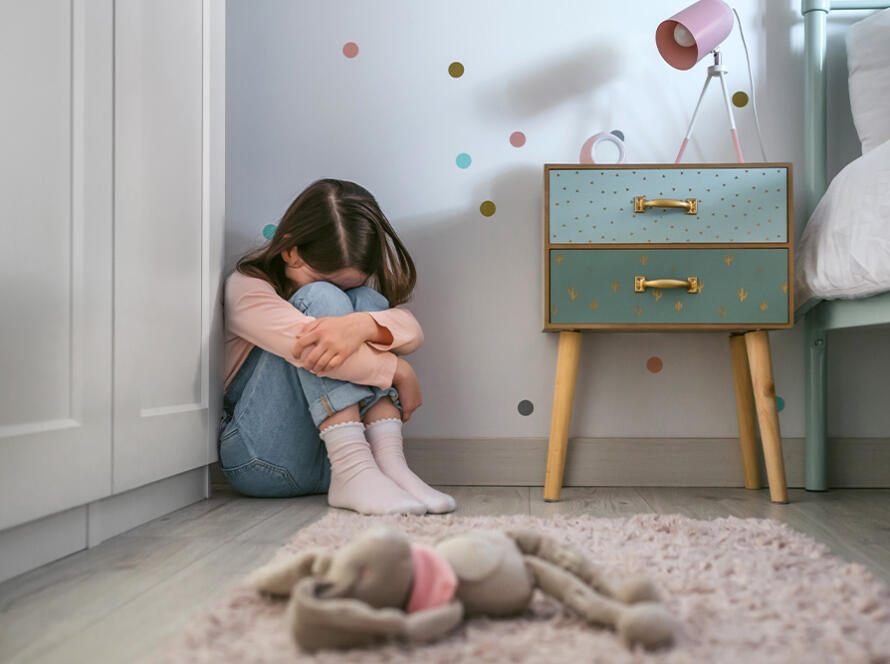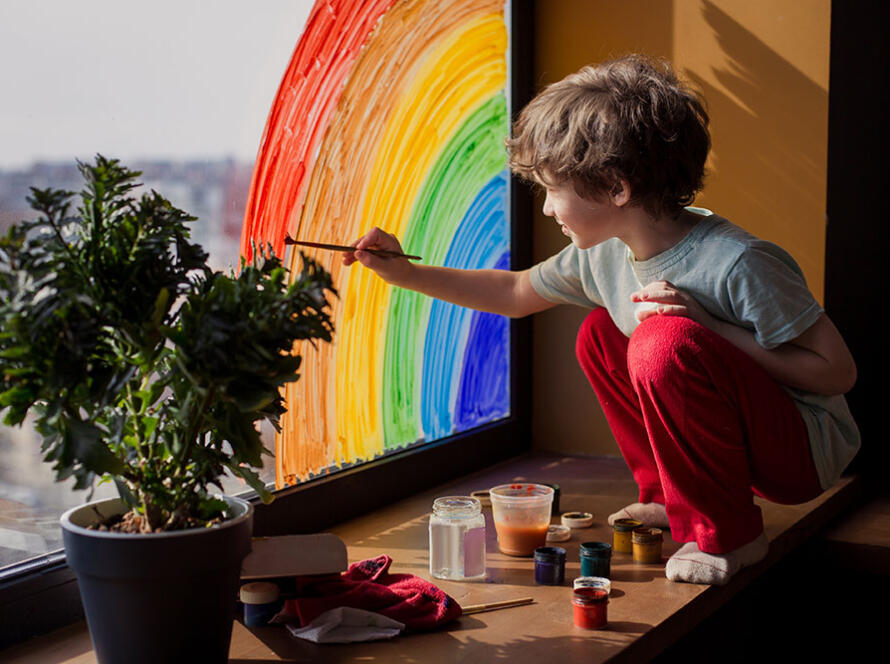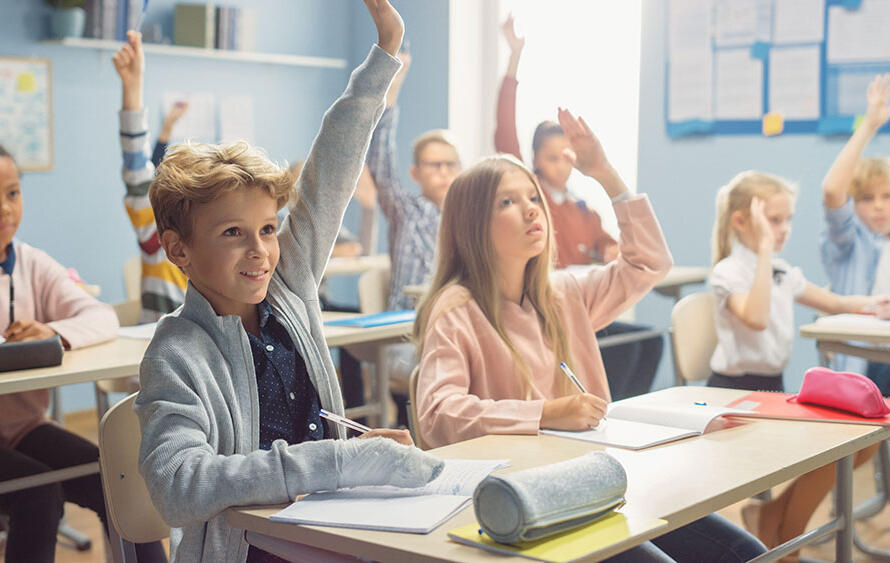Level up your classroom game with the latest upgrades in gamification! You’ve heard all the buzz about adding game elements to learning, but how do you take your classroom quests to the next level? In this post, you’ll unlock insider tips to energize students, boost engagement, and help everyone skill up. From epic rewards and leaderboards to avatars and achievements, we’ve got the walkthrough to take your classroom gameplay from novice to pro. Whether you’re a newbie or a veteran educator, you’ll discover fresh power-ups to light up young minds.
At Kedemos Education, we believe that learning can become a fun experience for students and teachers alike. So rally your party, equip your lessons, and let’s venture together into the exciting world of next-gen learning. With the right gamification hacks, this school year will be your students’ most epic quest yet!
Level Up With Gamification: What Is Gamification in the Classroom?
What Exactly is Gamification?
Gamification simply means applying game-like elements to non-game contexts, such as classrooms. Things like points, badges, leaderboards, levels, and challenges are used to engage students and motivate them to learn. It is a way to involve children in the lesson and give them the opportunity to do more than just sit and take notes.
How Does Gamification in the Classroom Work?
Gamification taps into children’s natural drives for competition, achievement, and rewards. By giving students points or badges for good work, answering questions, or mastering new skills, you create motivation and encouragement. Leaderboards show students where they stand compared to their classmates, fueling their competitive spirit. Puzzles and brain games also help them nurture critical thinking and a good sense of analysis.
The Gamification Tools Provided by Kedemos Education
Education is an essential part of our world. This is why, at Kedemos Education, we are always up to date with the latest education trends. We prioritize oral expression to make your classrooms come alive. All our textbooks come with fun and interactive activities for that purpose. For example, we provide teachers with puzzle-posters, flashcards, storyboards, roleplay activities, and recordings of songs, rhymes, phonics, and audiobooks! And all these options are conveniently accessible online, on our website, platform, and app.
The Benefits of Gamification in the Classroom
Gamification makes learning more fun and engaging. It boosts motivation and participation, especially for struggling or reluctant learners. It also promotes collaboration as students work together to unlock achievements. Studies show that gamification can improve test scores, grades, and information retention.
This is especially true for younger students. Including illustrations and other visual supports, as well as songs, rhymes and fun audio recordings can thus help them get a better understanding of the lesson explained.
Getting Started With Gamification
Start small by picking one area you want to focus on, like math or reading comprehension. Decide on a point system and rewards, and share it with your students. Track their progress on a physical or digital leaderboard. Ask for feedback and make changes as needed. Once you get the hang of it, you can apply gamification principles to additional topics or subject areas.
Gamification is an exciting new tool that taps into kids’ natural motivations to make learning challenging yet enjoyable. When used well, it can transform your classroom into a place where students are highly engaged and motivated to succeed. So why not give it a try? You and your students might just level up to a whole new learning experience!
Unlocking Engagement: The Benefits of Classroom Gamification
Motivation and Fun
Using gamification techniques in the classroom helps motivate students in an exciting way. By incorporating game elements like points, badges, levels, and leaderboards into lessons, learning feels more like an engaging game rather than boring drudgery. Students get instant feedback and rewards, fueling their motivation to achieve more.
Mastery and Progression
Gamification also helps students master skills through progression. As students advance through levels by accomplishing tasks, they build up their abilities and knowledge over time. This sense of progression keeps students striving to improve. Teachers can also track student progress through game data, and see who may need extra support. Gamification, then, helps students face challenges and complex lessons in an easier way. It also pushes them to look forward to the next, harder level of their educational quest!
Collaboration and Teamwork
Many gamified classroom activities encourage collaboration by having students work in teams or groups. Team challenges and group projects nurture a sense of comradery and fairplay among students. This helps build soft skills like communication, critical thinking, and problem-solving. Students learn from each other and work together towards a common goal. They can then broaden their knowledge and bring to the classroom a new and different perspective. Collaboration through gamification can also help children build new friendships.
Customized Learning Through Gamification in the Classroom
With gamification, learning can be tailored to different skill levels and needs. Teachers assign rewards based on individual student accomplishments. Struggling students hence get the extra motivation they need, while advanced students feel continually challenged.
Gamifying the classroom is a fun and innovative way to engage students in learning. By tapping into motivation and progression, collaboration, and customized learning, gamification helps create an exciting educational experience. Teachers thus have a powerful tool at their disposal to inspire students and guide them to success.
FAQs on Gamification in the Classroom: Your Most Pressing Questions Answered
What Are Some Examples of Gamification Techniques?
Some popular gamification strategies for the classroom include:
- Points: Students earn points for completing tasks, answering questions correctly, etc. Points accumulate to unlock rewards and levels.
- Badges: Students earn badges for mastering skills and achieving milestones. Badges provide recognition and status.
- Leaderboards: A leaderboard shows student rankings and progress. Students compete to reach the top of the leaderboard.
- Levels: Content and activities are structured into levels of increasing difficulty. Students progress through levels by earning points and badges.
- Challenges: Timed challenges, quests and mini-games make learning fun and competitive. Students win rewards for completing challenges.
- Avatars: Students can customize their own avatar or profile to represent them in the class. Avatars build identity and engagement.
- Audio content: Listening to the content they are studying will help students improve reading comprehension skills, and will engage them in the learning process.
How to Use the Kedemos Education Tools for Gamification?
Kedemos Education provides teachers with a variety of tools that help incorporate these gamification strategies into classrooms:
- Storyboards: Your students can accumulate points by correctly telling the class a story based on our storyboards. They can even go the extra mile by creating new storyboards based on the theme you’re working on.
- Role-playing: Give students badges (the best actor, the best impressionist, the best storyteller…) when they recreate roleplay activities found in our textbooks.
- Flashcards: Challenge students with a flashcard competition. Using a timer, you can see who’s the fastest and who has the best memory, for example.
- Puzzle-posters: They can improve your students’ ranking on the leaderboard! For example, the first student to put a puzzle piece in its place levels up on the board.
- Audio recordings: Allocate points to students who accurately explain what they heard; or to those who correctly pronounce words and sentences following a listening exercise. You can even give badges to students who can flawlessly recite a song or a poem.
What Are the Benefits of Gamification in the Classroom?
The key benefits of gamification in the classroom are:
- Increased engagement and motivation. Gamification taps into students’ motivations for achievement, competition, and rewards.
- Improved learning outcomes. Gamification techniques have been shown to boost knowledge retention and skill mastery.
- Development of soft skills. Gamification helps students develop skills like problem-solving, collaboration, and persistence.
- Adaptive learning. Gamification platforms can adapt to students’ needs and skills in real time to optimize learning.
- Valuable data insights. Gamification provides data on student progress, trouble areas, and more to help teachers optimize instruction.
- Fun and excitement. Gamification makes learning more enjoyable and exciting for students. This cultivates a positive attitude toward education.
Conclusion
So, that’s the lowdown on some of the latest, hottest gamification strategies for the classroom. Pretty cool stuff, right? It’s amazing how teachers are finding fun and new ways to use game elements to motivate and engage students. The best part is that it works! When learning feels more like playing, kids get excited, pay better attention, and remember more of what they learned. So keep an eye out for opportunities to gamify lessons in your school. Get creative with points, levels, badges, leaderboards, challenges, and rewards. Your students will love it. And their skills and grades will reach new levels!

